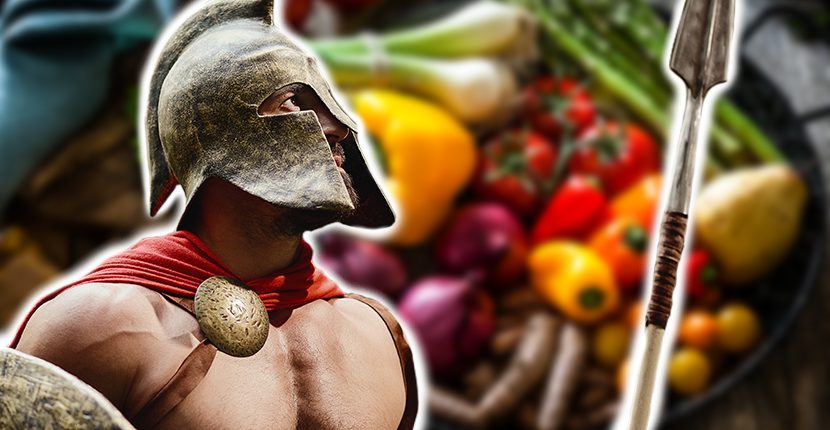Throughout history, there are few groups of warriors that are as famous as the Roman Gladiators. Their tradition started officially around 105 BC, but many historians think that it is a much older art practiced by the precursors to the Romans, the Etruscans.
In Etruscan society, Gladiatorial shows were religiously significant and tied to the rites that the Etruscans practiced, mainly those associated with the death of fathers in a family.
According to the Ancient History Encyclopedia, the Roman civilization that followed the Etruscans adopted the show of Gladiatorial games but mostly dropped the religious significance that the Etruscans held.
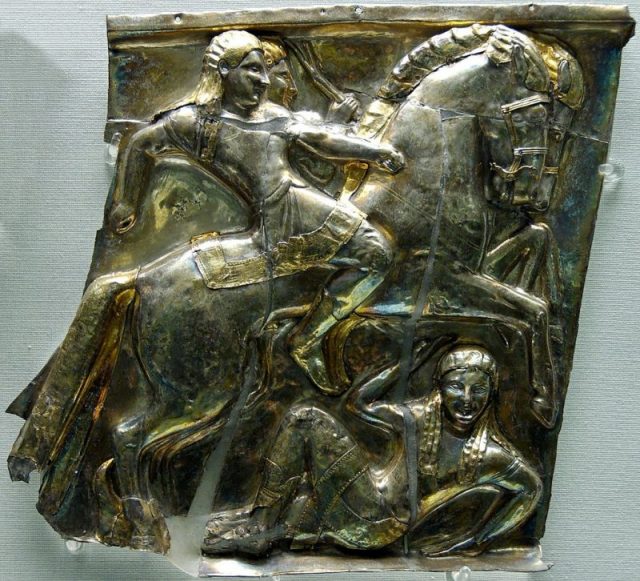
Instead, the men and women who were made Gladiators were primarily slaves and condemned prisoners. They were given to handlers, known as lanistas, and taught how to fight. The training ensured they would give the best show for the audience and made for more balanced betting.
These were the professional soldiers that many Romans idolized, and they needed to be skilled so that the people of Rome might look up to them. In training, and during their tenure as Gladiators, these men and women were controlled by the lanistas in everything they did, including what they ate.
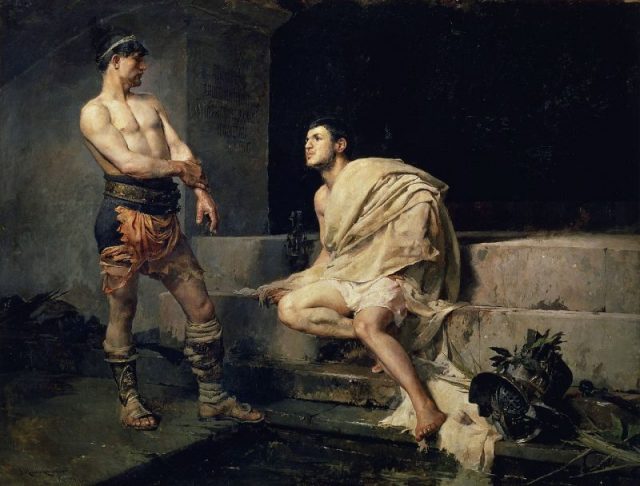
The normal diet of modern day athletes is generally full of protein from red meats and has a high-calorie count. According to a study released in 2014, this was not the way that the ancient Romans bulked up their Gladiators for combat.
In 1993, much to the surprise of the people doing the study, a discovery was made in the ruins of Ephesus, in modern-day Turkey. 53 skeletons were found in a cemetery that is thought to have been from the 2nd century. 22 of them were identified by significant levels of medically treated trauma as Gladiators.
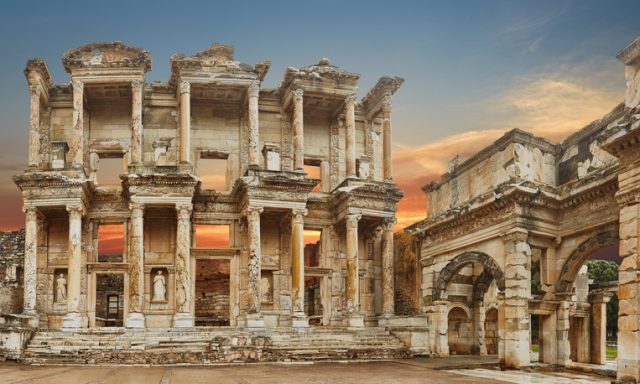
In a report published in the journal Plos ONE, the research team stated “The aim of this study is to reconstruct diverse diet, social stratification, and migration of the inhabitants of Roman Ephesus and the distinct group of gladiators.”
These skeletons provided an incredible amount of information as to the social position of gladiators in Roman society, but the conclusions on the diet of gladiators would take a few years.
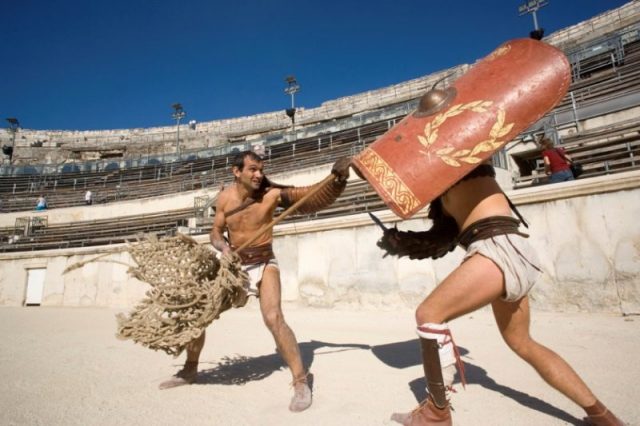
By taking samples of the bones and comparing them to samples taken from skeletons of other social classes in Roman society, they found that the samples taken from the gladiators had higher levels of strontium than the other skeletons, and this points to a diet greatly lacking in meat.
The main part of their diet most likely consisted of barley and beans, which, according to the Daily Mail, were generally lower quality than what the citizens of Rome ate; gladiators were sometimes referred to by the derogatory term “hordearii,” or “barley eaters.” The vegetarian diet of gladiators was likely a cost-cutting measure and allowed people to own many gladiators while keeping overheads low.
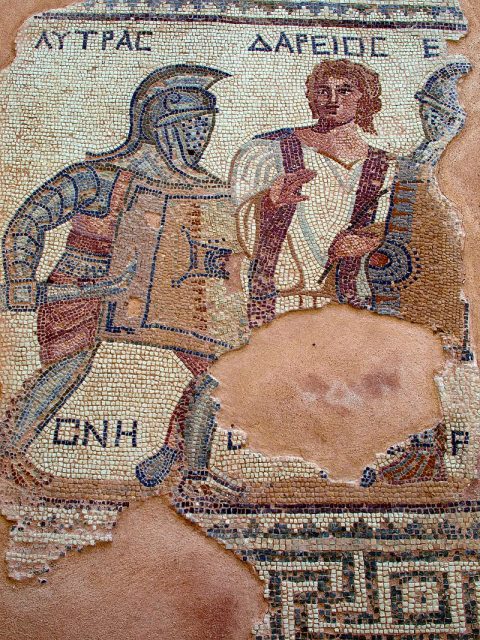
The gladiators would wash down their meals with a drink of vinegar mixed with plant ash. This concoction was designed to serve the same function as modern-day sports drinks, flooding the system with calcium to support bone growth and recovery after injuries.
What this means is that the average gladiator would have stronger, larger bones than their contemporaries, which would allow them to survive strikes that would break the bones of less fortified people.
In their day, Roman gladiators were the epitome of physical excellence and glory, their battles feeding the imagination of the Roman people.
Read another story from us: Roman Gladiators – 6 Surprising Insights You May Not Have Known
Much like modern day sports stars across the world, many admired the physique of these athletes — but where modern athletes traditionally focus on complex proteins found in red meats, the gladiator was forced to do without.
There are a growing number of top sportspeople today, however, who are bucking the long-held belief that eating a meat-based diet is the only way to get enough macro and micro nutrients — especially quality proteins. Among the ranks of vegan sporting stars are tennis legend Venus Williams, American ultramarathon runner Scott Jurek and British champion boxer David Haye. Bodybuilder Barny du Plessis came out of retirement after adopting a vegan lifestyle, going on to win the title of Mr Universe 2014.
The diet gladiators followed may be unconventional by modern athletic standards, but in the days of the Romans, this was the diet of Heroes.
